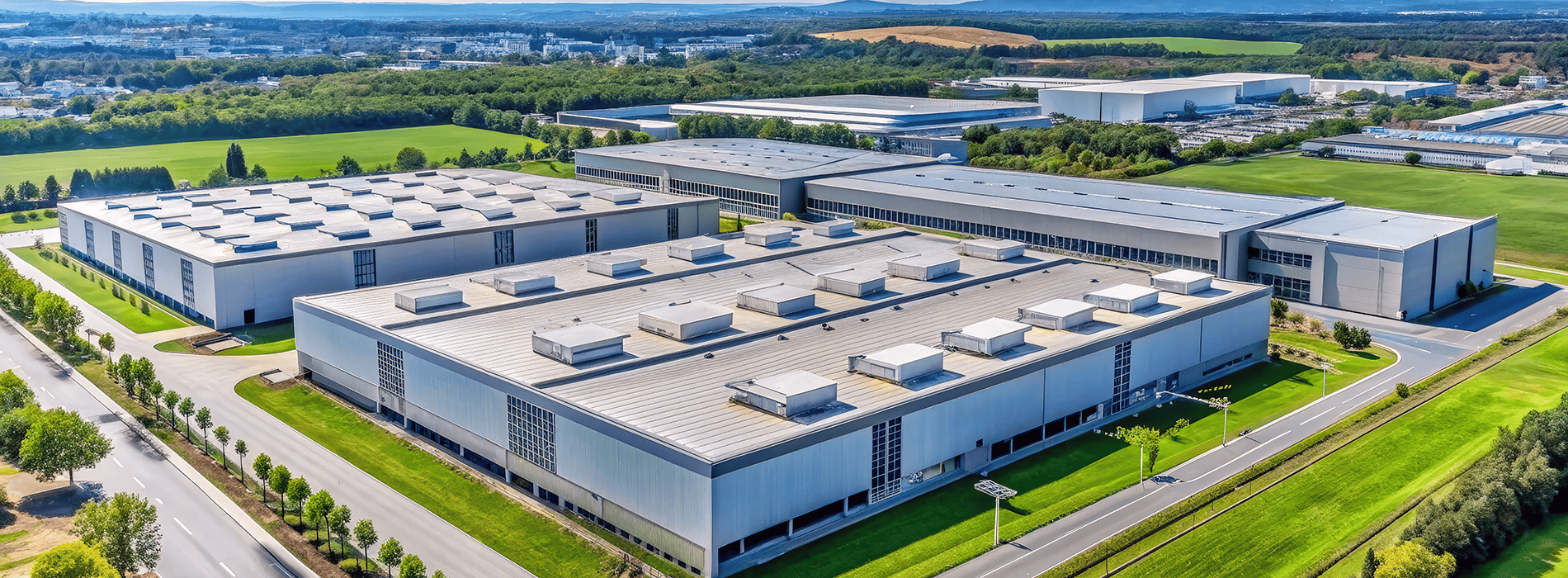Sobrecarga en la Red Parte 2: Cómo las empresas de servicios públicos pueden anticiparse a la sobrecarga energética de la IA, antes de que sea demasiado tarde
La inteligencia artificial ya está transformando el panorama energético. Ahora, las empresas de servicios públicos deben ir más allá de reconocer la amenaza y comenzar a prepararse para enfrentarla.
El auge de los centros de datos está creando un nuevo tipo de carga que es rápida, impredecible e intensa. Pero la conversación ya no centra en si la IA sobrecargará la red eléctrica. La cuestión es cómo las empresas de servicios públicos pueden mantenerse un paso adelante antes de que sea demasiado tarde.
La red no está diseñada para la volatilidad de la IA
La demanda de energía de la IA no sigue ciclos predecibles. Se dispara con nuevos modelos, instalaciones, aplicaciones o incluso pequeños cambios en los patrones de uso que sobrecargan la infraestructura local casi al instante. Además, solo los centros de datos estadounidenses podrían representar casi la mitad del crecimiento total de la demanda de electricidad a finales de la década.
Muchas empresas de servicios públicos ya están operando al límite. Gran parte de la red eléctrica de Estados Unidos fue diseñada para una era diferente. La capacidad de transmisión es limitada. La infraestructura de red está envejeciendo. Los retrasos en la concesión de permisos ralentizan las mejoras que ya están atrasadas.
Sin una inversión más rápida y una planificación más inteligente, incluso las interrupciones menores pueden provocar fallas importantes. En 2024, una falla en un pararrayos en Virginia provocó que 60 centros de datos se desconectaran repentinamente de la red eléctrica. Si bien se evitó por poco un apagón, el evento reveló cuán poco margen de error queda a medida que crece la densidad energética de la IA.
Cuatro medidas estratégicas que las empresas de servicios públicos pueden adoptar para fortalecer la red
A continuación se presentan cuatro medidas estratégicas que las empresas de servicios públicos pueden adoptar para prepararse para la complejidad que se avecina:
1. Rediseñar los planes de infraestructura para la volatilidad
Las empresas de servicios públicos deben adoptar una planificación basada en escenarios que considere la volatilidad de la demanda, los retrasos regulatorios y las limitaciones en la cadena de suministro. Esto significa replantear las actualizaciones en transmisión y subestaciones para adaptarse a cargas informáticas descentralizadas y de alta densidad, y no solo a las curvas de crecimiento residencial o industrial tradicionales.
Las empresas de servicios públicos también deberían pasar del mantenimiento basado en el tiempo a estrategias basadas en las condiciones, utilizando diagnósticos de activos en tiempo real. Herramientas como los monitores de análisis de gas disuelto (DGA) y los sistemas de prueba de descargas parciales permiten a los operadores detectar el esfuerzo eléctrico antes de que se produzca la falla, protegiendo el tiempo de actividad y extendiendo la vida útil de los activos.
2. Fortalecer las cadenas de suministro frente a los riesgos globales
Incluso los mejores planes pueden verse alterados por una disrupción global. Los aranceles, las disputas comerciales y la inflación ya están afectando los plazos y los costos de las adquisiciones. Los aranceles pueden no afectar directamente a los chips, pero sí impactan todos los componentes que mantienen en funcionamiento la infraestructura de IA: desde transformadores y boquillas, hasta las subestaciones que alimentan a los centros de datos. Ahí es donde radica el verdadero riesgo de costos.
Según el Departamento de Energía de EE. UU., los plazos de entrega de grandes transformadores pueden ahora extenderse hasta 60 meses. Las empresas de servicios públicos pueden reducir su exposición mediante la construcción de alianzas con proveedores nacionales, la diversificación de estrategias de abastecimiento y la integración de escenarios de riesgo global en la planificación de compras. La colaboración política con los reguladores también puede ayudar a acelerar la aprobación de infraestructuras cuando los vientos en contra a escala mundial amenazan los plazos.
3. Construir una fuerza laboral preparada para el futuro
Una infraestructura resiliente requiere una fuerza laboral resiliente. Según McKinsey, se espera que hasta 400.000 empleados del sector energético estadounidense se jubilen en los próximos 10 años. Esa pérdida de conocimientos representa una amenaza directa para la confiabilidad y la modernización del sistema.
Las empresas de servicios públicos deben priorizar la transferencia de conocimientos, el desarrollo de la fuerza laboral y la interpretación del diagnóstico. El monitoreo de condición, las pruebas de protección y el diagnóstico de activos en tiempo real solo son efectivos cuando los equipos de campo pueden analizar y actuar sobre esos datos bajo presión.
Para fortalecer ese talento clave, las empresas de servicios públicos pueden:
- Asociarse con escuelas técnicas y universidades para desarrollar programas de capacitación de última generación
- Lanzar programas de tutorías para transferir conocimiento institucional
- Equipar a los equipos de campo para utilizar herramientas de diagnóstico como DGA y sistemas de prueba de descargas parciales
4. Pasar de la planificación a la acción
La planificación estratégica es esencial, pero solo si se traduce en ejecución. Muchas empresas de servicios públicos tienen objetivos a largo plazo pero carecen de mecanismos a corto plazo para corregir el rumbo o medir los riesgos sistémicos.
Una forma de cerrar esa brecha es implementar revisiones periódicas de análisis de fallas. Estas revisiones ayudan a las empresas de servicios públicos a identificar problemas recurrentes, comprender las causas raíz y perfeccionar tanto el diseño como las estrategias de mantenimiento basándose en acontecimientos del mundo real.
La resiliencia de la red no se trata solo de pronósticos a largo plazo; también implica incorporar agilidad, responsabilidad y aprendizaje institucional en cada nivel de la operación.
La configuración de la red del futuro comienza ahora
La revolución de la IA está exponiendo brechas críticas en nuestra red eléctrica, pero también presenta una oportunidad poderosa. Las empresas de servicios públicos que actúen con decisión, modernizando la infraestructura, fortaleciendo las cadenas de suministro y desarrollando talento, definirán la próxima era de energía confiable.
Esto no es sólo un desafío técnico. Se trata de una cuestión organizativa y geopolítica que exige pensamiento a largo plazo, colaboración entre sectores y departamentos y un compromiso con una modernización más inteligente de la red.
En Doble, creemos que la resiliencia no es automática. Se construye a través de la experiencia, la planificación y la acción. El momento de comenzar es ahora.
Más información:
- Sobrecarga en la Red: IA y confiabilidad de la red Parte 1 — La crisis energética de la IA: Cómo los centros de datos están rediseñando la confiabilidad de la red
- El tiempo lo es todo para la confiabilidad del sistema de potencia
- Vivir con y mediante el Monitoreo de Condición






